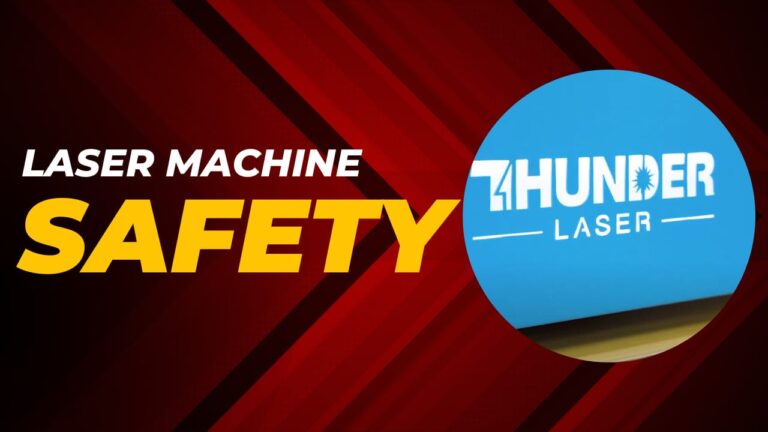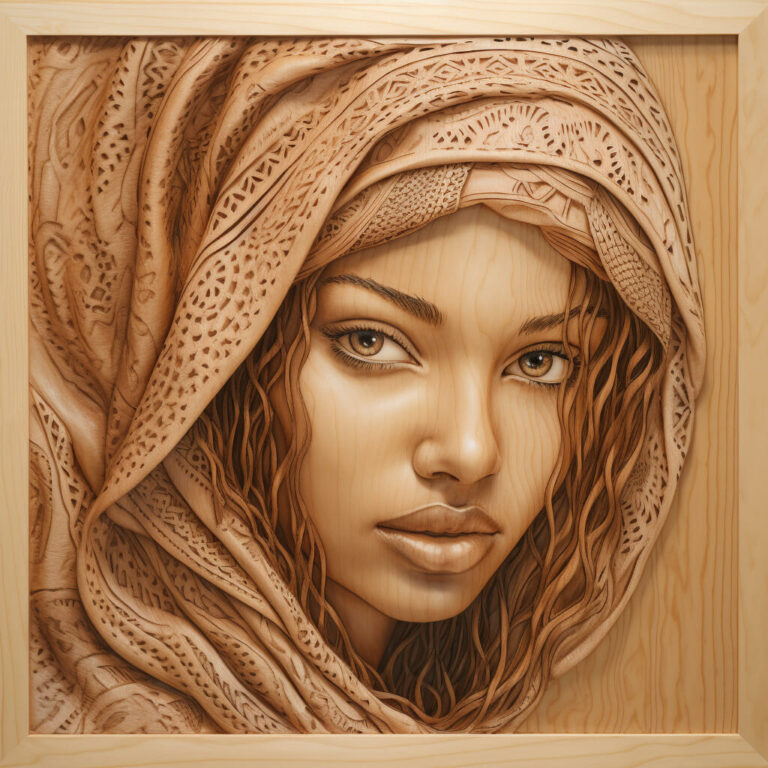Wood is one of the cheapest natural materials available for laser cutting or engraving. One popular laser working application is tailored cabinetry. The tool has the ability to create breathtaking inlays that personalize your projects and really ignite the imagination. Before getting started with your upcoming wood engraving project, choose your grain carefully.
Two Key Factors to Consider
When it comes to working with a material like real wood, its natural inconsistencies can render unpredictable results. The best way to work with such a versatile material using a laser engraver is to find the most uniform types of wood for laser cutting with the right resin content and less streaking.
What Is Streaking?
A mineral streak is an area on the wood that looks like a dark stain smudging the lighter wood. Some carpenters avoid this by cutting around the streaks or bleaching them out because they take away from the design. Others feel it gives the wood more character and incorporate it into their design. When working with lasers, opting for minimal streaking ensures better detailing, especially when using a laser machine for wood.
Resin Content
Wood resin or sap levels make a significant difference in the burn type. Woods with high resin content burn darker because the laser beam burns the sap. With lower resin woods, there’s less burning, resulting in a lighter cut. An interesting thing to note is that the season in which the tree was cut and where it was cut affect the resin levels. Sap transports nutrients and water throughout the plant. During the colder months, it will drop down in the trunk to prepare for winter and then redistribute in the spring. If the wood for laser cutting you’re using was cut down in the fall, depending on where it was cut, it could burn darker during one session and lighter during another. The upper portion of a tree that was cut down in the fall has a lower resin content and will burn lighter, while the lower cuts burn darker. It’s a good idea to test the wood for laser engraving first so you can see what you’re working with.
Difference Between Hardwood and Softwood
Short of doing a molecular analysis of the tree’s structure, the best way to figure out the difference between a hardwood and a softwood is to remember that hardwoods have broad leaves and are flowering plants, like oak and maple. These are deciduous trees. Softwood trees, on the other hand, are evergreens, like pine and spruce. Hardwood for laser cutting is darker and heavier and can last for decades because it’s naturally weather-resistant. It’s used for high-end furniture. By contrast, softwoods are lighter and less expensive and need to be treated for weather resistance, which help them to last for a decade or so. Softwoods have less impact on the environment when cut and are used for construction materials. As with anything, there are exceptions. Some softwoods are harder to work with than many hardwoods and vice versa.
Best Wood for Laser Engraving and Cutting
Cherry (Prunus serotina) is one of the most popular wood species for cabinets and furniture. While it’s pink when first cut, over time it darkens into the rich reddish-brown many recognize. Cherry wood is easy to work with and to cut using a laser wood cutting machine.
Alder (Alnus rubra) looks similar to cherry wood in that it darkens over time. It’s a softwood and considered one of the best woods for laser engraving, producing a dark burn.
Hard Maple (Acer saccharum) is an off-white, tan, or yellowish wood. While it’s harder to work with than cherry wood because of its density, it’s great for laser engraving wood and finishes beautifully.
Other Woods to Consider
Basswood (Tilia americana) is a soft and workable wood that’s lightweight, making it good for easy and quick engraving with a wood laser engraving machine.
Balsa (Ochroma pyramidale) is a much softer wood that’s good for engraving with a laser engraver but has a coarse texture. The heartwood is reddish-brown, while the sapwood is off-white or tan. It’s not very lustrous but can stain and finish well.
Can You Use a Laser on Plywood?
Plywood consists of thin layers of wood veneer that have been glued and pressed. When laser cutting plywood, results depend on the quality. High-quality plywood has the wood grain rotated every 45 degrees, increasing axial strength, while thinner, lower-quality plywood is only arranged at right angles. Two types of plywood that are good for laser cutting wood sheets are birch and bamboo laser plywood. Like maple and cherry, birch is a dense but easy-to-use hardwood that’s readily available. It’s great for beginners looking to get into laser cutting wood because it cuts smoothly and reliably. If you’re feeling more adventurous, bamboo ply board may be an option. It’s a dense wood grain that has a fine, delicate look when engraved, making it a great candidate to work with.
Why You Should Avoid Laser Cutting Fiberboard
Fiberboard is made of wood fibers that are output from pulp mills. When it comes to laser cutting and engraving, MDF is the more common material. The problem with MDF is that it’s too dense to get a good result. When the laser hits it, it tends to char and produce a darker burn that looks more like an overdone design than a clean cut.
Laser Parameters You Need to Tweak
CO2 lasers are great for working on wood because you can vary the power settings, and they have quite a few capabilities that can make cutting wood pleasant and easy. Laser engraving on wood requires tweaking parameters like power, speed, and focus. For wood laser engraving, start with settings that help you achieve crisp detailing while preventing excessive burning.
Preparing Your Material
Before starting your engraving or cutting project, it’s essential to prepare your material. For laser engraving wood and laser cutting wood, it’s crucial to test your wood type first to get familiar with how it reacts to the laser. This ensures your project runs smoothly, whether using laser machines for engraving or wood laser engraving machines.
Cleaning Up
After completing your project, ensure you clean your laser engraving machine to avoid wood dust and resin buildup, which can interfere with its performance. This helps maintain the quality of future projects, whether laser engraving wood or laser cutting wood sheets.




